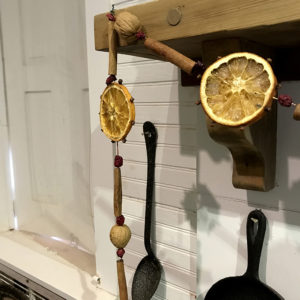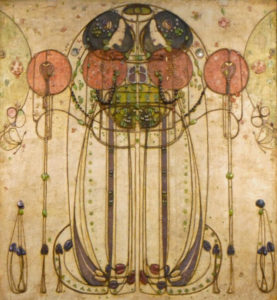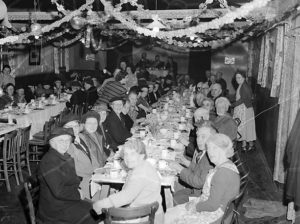EIGHTH DAY of CHRISTMAS:
St. Macarius’s Day
We enter the more contemplative period of the Twelve Days and today, for this Eighth Day of Christmas, we remember St. Macarius, who, truth be told, was not much fun in his older years. He was an extreme ascetic who lived the life of a hermit in the desert and ate only raw vegetables and maybe, on a special day, a bit of bread dipped in oil. But earlier on in life, St. Macarius was a confectioner in his native Alexandria. Macarius the confectioner is remembered more fondly than Macarius the ascetic; he is a patron saint of cooks, confectioners, and pastry chefs, some of whom call him St. Macaroon, as Macarius does not exactly roll easily off the tongue. And so today, perhaps enjoy something a little sweet––a bit of that boozy Christmas fruitcake, maybe, or something more attuned to Alexandria––dates stuffed with nuts and rolled in sugar seem like something St. Macaroon might have made in his shop centuries ago.
We also have for you today our monthly gift to you, the first one in the new year: it’s your Convivio Book of Days Calendar for January 2018. We found ourselves one day last week at the historic House of Refuge on Gilbert’s Bar at Stuart, Florida. The United States Lifesaving Service, which eventually became part of the Coast Guard, built Houses of Refuge about every 26 miles on the wild, untamed Atlantic coast of Florida, places designed as shelter for rescued shipwreck survivors. This was in the late 1800s; ours was built in 1876. The building is lovely and the coast it sits on is rocky, which is not what most folks think of when they think of the South Florida coast. The limestone outcroppings emerge from the sand like rocky cliffs, waves crashing up against them. It’s easy to see why so many ships wrecked along the coast. The house, warm, a place of obvious refuge, is decorated for Christmas now, with the kind of decorations we like best. Like the garland of oranges and cinnamon and nuts and cranberries in the kitchen. It graces your January Book of Days, reminding you, hopefully, of the warm pleasures found in simple things. For me, that often involves the kitchen… which brings us back around again to the Eighth Day of Christmas and to St. Macaroon, patron saint of cooks. May these warm feelings of hearth and home be yours, too, all through this day and the new month and new year.


